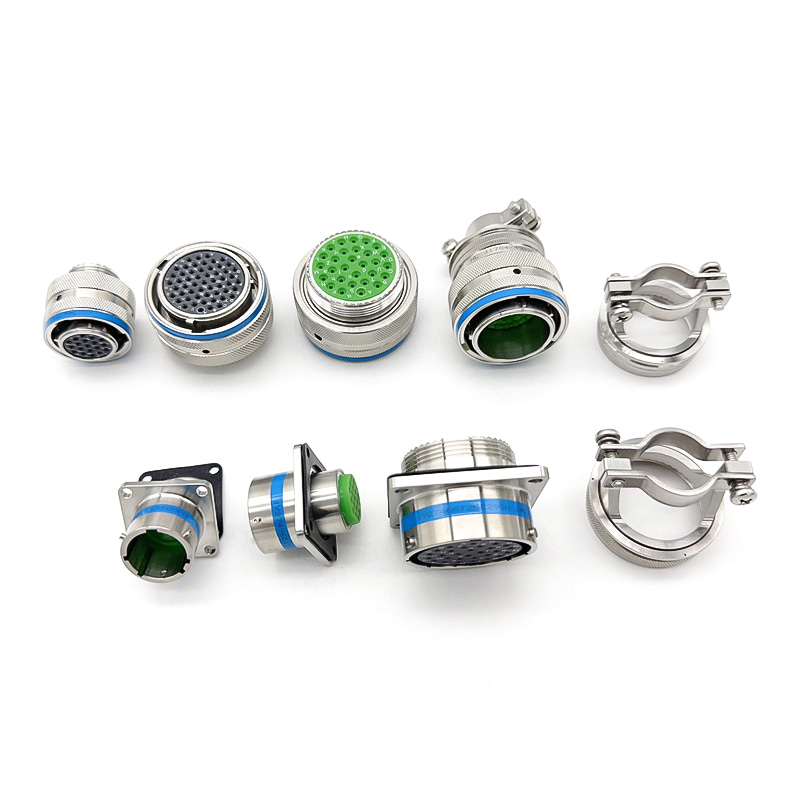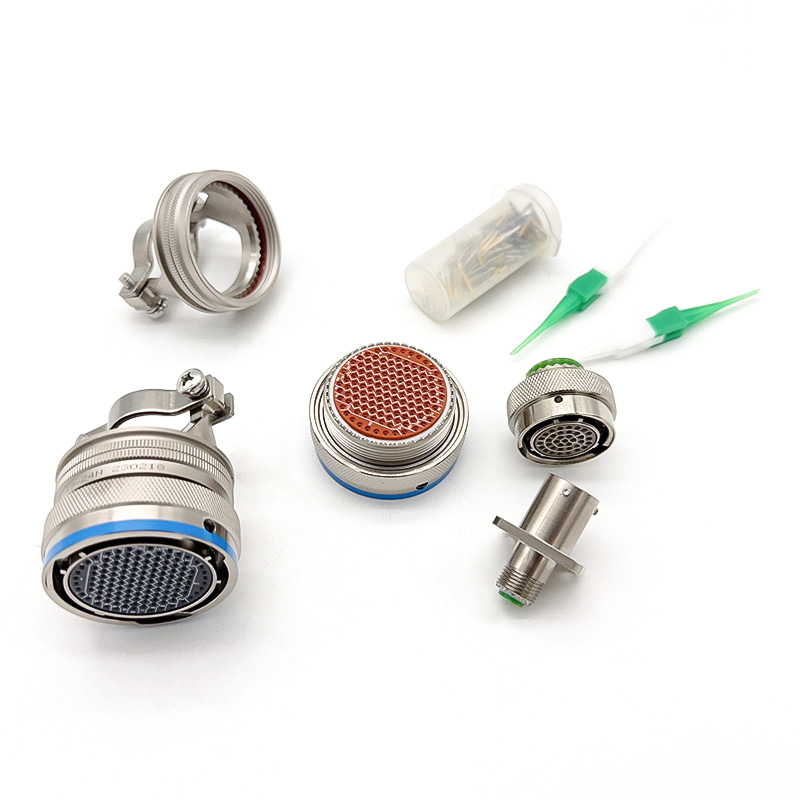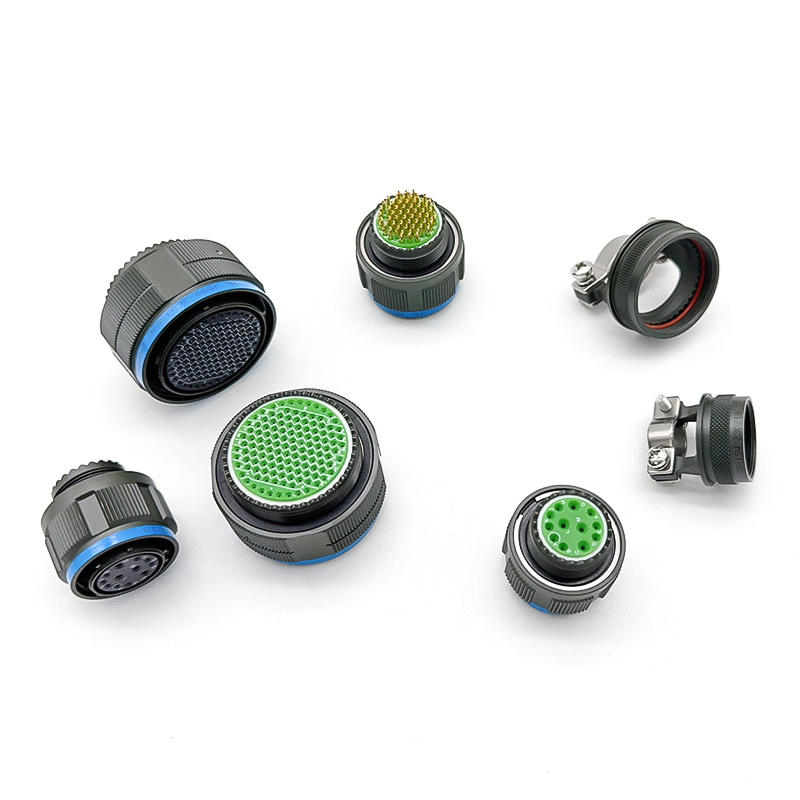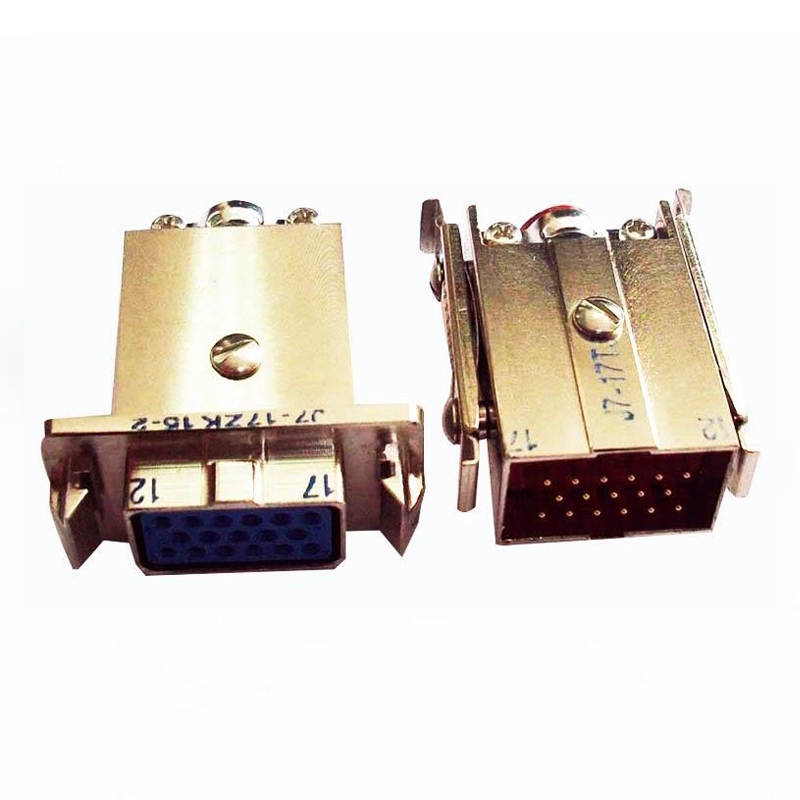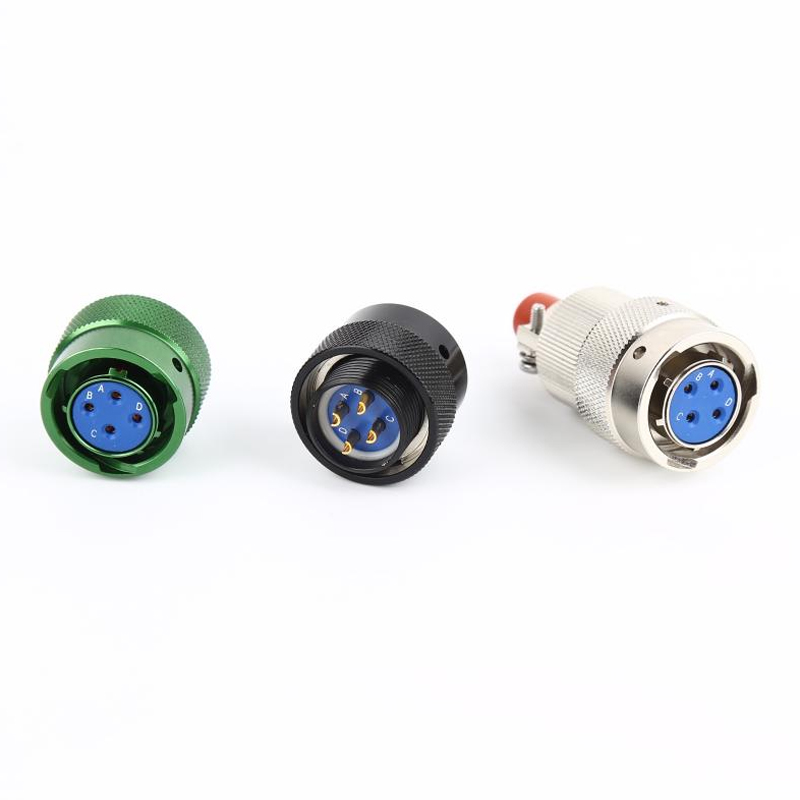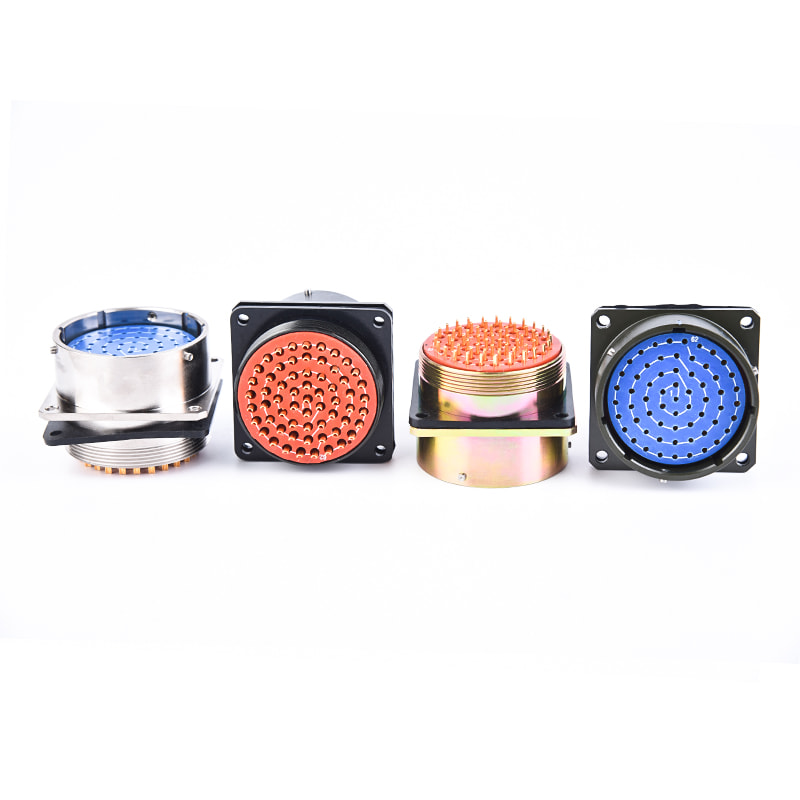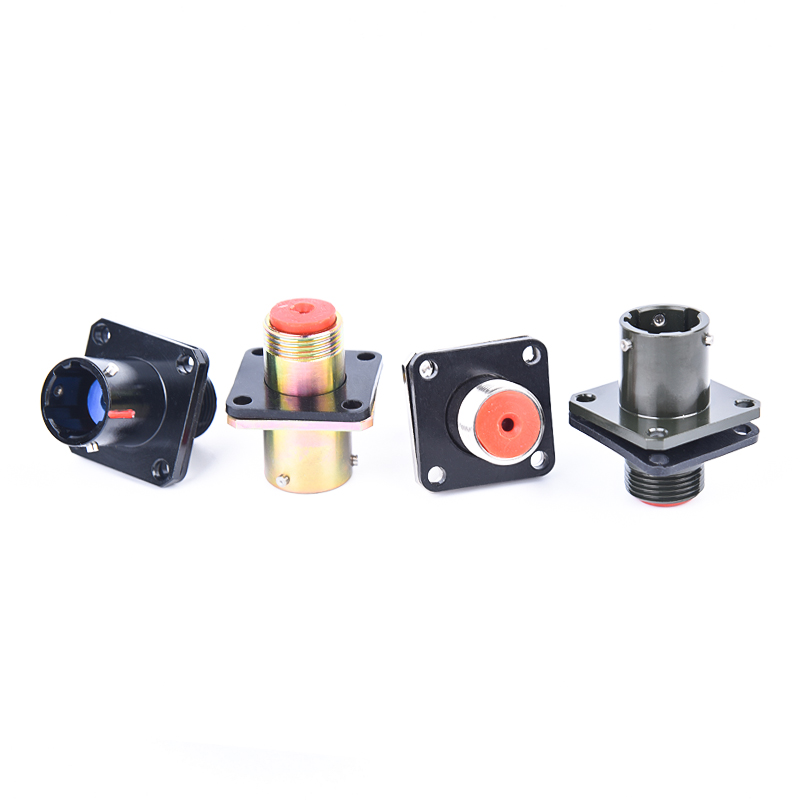- Home
- Products
- Solutions
- Quality
- Company
- Insight
- Contact
Web Menu
- Home
- Products
- Solutions
- Quality
- Company
- Insight
- Contact
Product Search
Exit Menu
Military Electrical Connectors: The Backbone of Modern Defense Systems
-
All News
Product
- - Military Electrical Connectors
- - Circular Electrical Connector
- - Rectangular Electrical Connector
- - Push Pull Self-Locking Connector
- - Russian Connectors
- - Cable Connectors
- - RJ45 and USB Electrical Connectors
- - Fiber Optic Electrical Connectors
- - Anti Water And Electricity Connectors
- - Circular Power Connector
Military Electrical Connectors: The Backbone of Modern Defense Systems
- 1 Why High-Performance Military Electrical Connectors Are Critical for Defense Applications
- 2 Top 5 Innovations in Ruggedized Military Connectors
- 3 How to Select the Right Waterproof Military Connectors for Harsh Environments
- 4 Future Trends: The Role of High-Temperature Military Connectors in Next-Gen Warfare
- 5 Ensuring Compatibility: Military-Spec Connector Standards Explained
Why High-Performance Military Electrical Connectors Are Critical for Defense Applications
Modern defense systems rely heavily on advanced electrical components to ensure seamless communication, power distribution, and data transmission. Among these, military electrical connectors play a pivotal role in maintaining the reliability and durability of equipment in harsh environments. Unlike commercial connectors, these specialized components are designed to withstand extreme temperatures, vibrations, and electromagnetic interference. This section explores why these connectors are indispensable in military applications.
1.1 Key Features of Military-Grade Connectors
Military-grade connectors are engineered to meet stringent standards such as MIL-DTL-38999 and MIL-DTL-5015. These specifications ensure that the connectors can endure challenging conditions, including exposure to moisture, dust, and corrosive substances. Key features include:
- Hermetic sealing to prevent contamination
- High mating cycle durability (500+ cycles)
- Shielding against EMI/RFI interference
For example, while commercial connectors may fail under extreme stress, military electrical connectors maintain performance, making them ideal for aerospace and ground vehicle applications.
Top 5 Innovations in Ruggedized Military Connectors
The evolution of ruggedized military connectors has been driven by the need for higher data speeds and miniaturization. Recent advancements include fiber-optic integration, lightweight composite materials, and modular designs. Below is a comparison of traditional vs. modern military connectors:
| Feature | Traditional Connectors | Modern Connectors |
|---|---|---|
| Data Transmission | Up to 1 Gbps | Up to 10 Gbps |
| Weight | Heavy (metal housing) | Lightweight (composite materials) |
2.1 The Rise of Fiber-Optic Military Circular Connectors
Military circular connectors have seen significant upgrades with fiber-optic technology, enabling faster and more secure data transfer. These connectors are now widely used in avionics and naval systems due to their resistance to signal degradation over long distances.
How to Select the Right Waterproof Military Connectors for Harsh Environments
Choosing the appropriate waterproof military connectors involves evaluating factors like IP rating, temperature range, and chemical resistance. For instance, connectors with an IP67 rating can withstand immersion in water up to 1 meter, while IP69K-rated units are suitable for high-pressure washdowns.
3.1 Comparing IP Ratings for Military Electrical Connectors
Here’s a breakdown of common IP ratings and their applications:
| IP Rating | Protection Level | Military Use Case |
|---|---|---|
| IP65 | Dust-tight, water jets | Ground vehicles |
| IP68 | Submersion up to 1.5m | Submarine systems |
Future Trends: The Role of High-Temperature Military Connectors in Next-Gen Warfare
As military operations expand into extreme climates, the demand for high-temperature military connectors grows. These components are critical for jet engines, missile systems, and desert deployments, where temperatures can exceed 200°C.
4.1 Material Advancements for Extreme Heat Resistance
New ceramic and thermoplastic materials are being tested to enhance thermal stability. For example, polyether ether ketone (PEEK) offers superior performance compared to traditional metals under sustained high temperatures.
Ensuring Compatibility: Military-Spec Connector Standards Explained
Adherence to military-spec connector standards like MIL-STD-1553 and MIL-PRF-31032 ensures interoperability across defense platforms. Non-compliance can lead to system failures, making certification a top priority for manufacturers.
5.1 Testing Protocols for Reliability
Military connectors undergo rigorous testing, including salt spray, shock/vibration, and thermal cycling, to validate their durability. These protocols ensure consistent performance in life-critical scenarios.

- Address : Jiangping South Road, Zhangqiao Industrial Park, Taixing City, Jiangsu Province, China
- Phone : +86 176 0151 5794
- Whatsapp : +86 176 0151 5794
- Email :[email protected]
- Email :[email protected]
- Home
- Products
- Solutions
- Quality
- Company
- Insight
- Contact
Copyright © Taizhou Henglian Electric Co., Ltd China Custom Electrical Connectors Manufacturers

 English
English русский
русский Español
Español 简体中文
简体中文